Japan is a country full of culture and heritage. From cutting edge transportation and toilet seats to beautiful Zen temples and gardens with the ancient sport of sumo, towns where deer are sacred, maid cafes, and nuclear bomb peace memorials in between, Japan has a lot to offer. Get a taste of the many different sides of Japan below.
In my first post about Japan, I touched on the experience of getting to Japan and being a little “let down” because it was so different from South America’s spectacular mountains and adrenaline filled adventures. What I hadn’t understood at the time is the real value of Japan lies within the people, the culture, the heritage, and the way of life. Once I opened my eyes up to these experiences, I not only had a great time, but I learned a ton along the way.
After spending a few days in Tokyo and climbing Mt. Fuji (see that post here), my 14 day Japan Rail Pass kicked in. I was free to ride most of Japan’s extensive high speed trains anywhere around the country for the next two weeks. First, I took the Shinkansen (bullet train) up to Sapporo. The train was very fast, quiet, smooth, and comfortable. See a video below.
While I was in Sapporo, I visited the Sapporo Beer Museum, walked through the vast unground malls, and even had my first experience sleeping overnight at a high class internet club (café).
Sapporo was also preparing for a festival and setting up beautiful gardens. In Japan, gardening is a form of art, and it’s quite apparent by the care needed to create these beautiful gardens.
Next, I went to Nikko, which has a mixture of beautiful mountains and ornate temples that differ greatly from the simple and elegant Zen temples in other parts of Japan (continue on to see photos of Zen Temples).
I hopped back on the train after Nikko and stopped in Nagoya to see the ancient sport of Sumo. I was completely blown away by how much I enjoyed watching Sumo. Many traditional rituals are preserved in modern day Sumo, including the beginning ritual where each Sumo is introduced.
Each Sumo wrestler fights just once per day, with the least experienced fighting first, followed by the top ranking wrestlers fighting last. Upon entering the ring, each wrestler stomps the ground to scare away the evil spirits. Then facing each other in a squatting positing, they open their arms to show they do not have any weapons. Next, they grab salt and throw it into the ring to purify it. Finally, they face each other squatting. As soon as both wrestlers place both fists down on the ground, they charge at each other, trying to either force their opponent to the ground or out of the ring.
The fights do not usually last long, but they are quite exciting. In the early rounds, since there are no weight limits, sometimes a huge wrestler gets paired with a tiny one. I found it surprising that sometimes the tiny wrestlers win.
From Nagoya, I stayed a few days in Kyoto. My first day trip was to Nara, a town where deer were once regarded as messengers from God. Today, tourists find the deer especially amusing since they are quite tame and don’t mind when they are approached. In fact, if you buy deer cookies, they will hassle you for them. See the hilarious video below of a field of deer attacking me for cookies.
Though I didn’t spend all that much time in Kyoto, which has many temples and heritage sites, I did make it to The Golden Pavilion, a beautiful Zen temple and surrounding landscape.
I also had a bowl of absolutely delicious ramen noodle soup with pork.
The next stop was close by Osaka, where I visited the world’s largest aquarium and Ferris wheel. The aquarium had a whale shark, the largest shark on the planet! In Osaka, I also experienced a maid café. It’s difficult to describe, but you can an idea of what they are like in the video below. I asked my friend who lives in Japan why they exist, since I had never seen one before in the US. He said that people in Japan work extremely hard and lead stressful lives. Establishments like maid cafes can help them unwind and let go of everything for a little bit. In addition to maid cafes, there are puppy cafes where you can play with puppies while sipping on your favorite caffeinated beverage.
Tired from all of the big cities, I retreated to Koyasan after Osaka. Founded in 816 boy Kobo Daishi as a center for Esoteric Buddhism, Koyasan is now home to 117 temples, including Torodo where candles have been burning for over 1000 years and where Kobo Daishi is said to be in a state of eternal meditation for the salvation of all mankind from suffering.
I stayed overnight in Koyasan at a Zen Buddhist temple, where I had a traditional vegan Buddhist meal with foods unique to Koyasan. See a video of the temple below. While in Koyasan, I read Siddhartha, a famous novel about Buddhism.
Of all places in Japan, Koyasan was the most peaceful and most closely resembled what I expected ancient Japanese heritage to be like.
After leaving Koyasan, I had a brief, but costly stop in Kobe to eat Japan’s famous Kobe beef. Known around the world for its quality, Kobe beef is beautifully marbled with wonderful taste. Though I usually order my steak medium-rare, this time I asked for rare. I took my time and savored each bite.
My last sightseeing stop was Hiroshima. Hiroshima is a beautiful city that is manageably smaller than Japan’s largest cities. Around the hypocenter of Little Boy are peace memorials that serve to remember the victims and fight for world peace and the abolishment of nuclear weapons, including Genbaku Dome, a building almost directly under the blast that remains untouched since 1945. Walking through the memorials and museums was quite humbling. It was beautiful that out of all of the death, struggle, and hardship from the bomb, the overall message was that of peace.
Before leaving Hiroshima, I made sure to attend a baseball game, Hiroshima Carps vs. the Tokyo Giants (Giants won).
I had a couple days in Fukuoka before taking the ferry over to Korea, where I immediately noticed a huge difference in the culture. Keep an eye out for my next post about South Korea.
Which of these places in Japan would be your favorite? Leave a comment here.
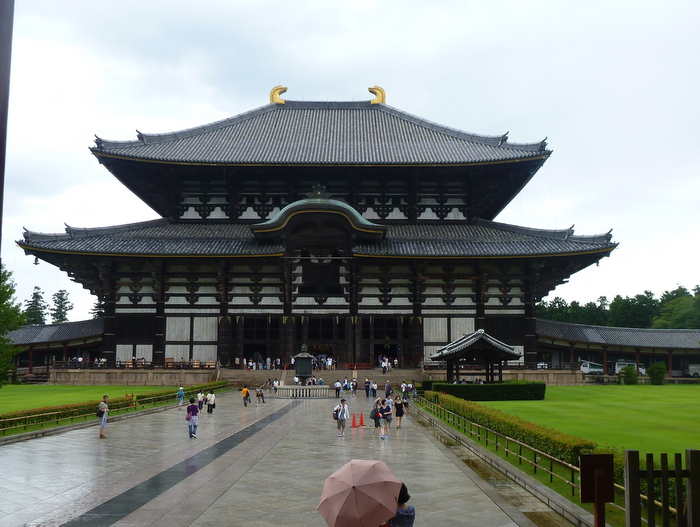
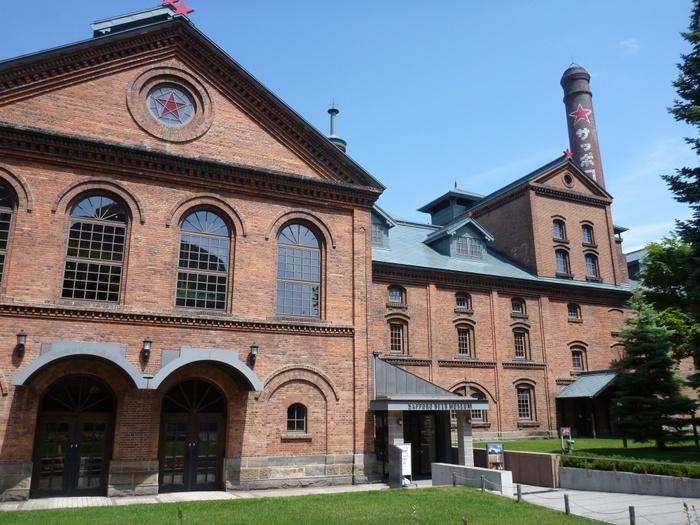
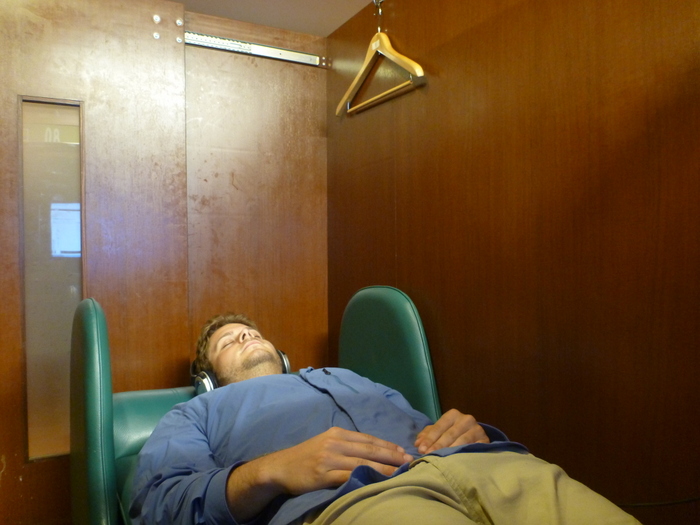


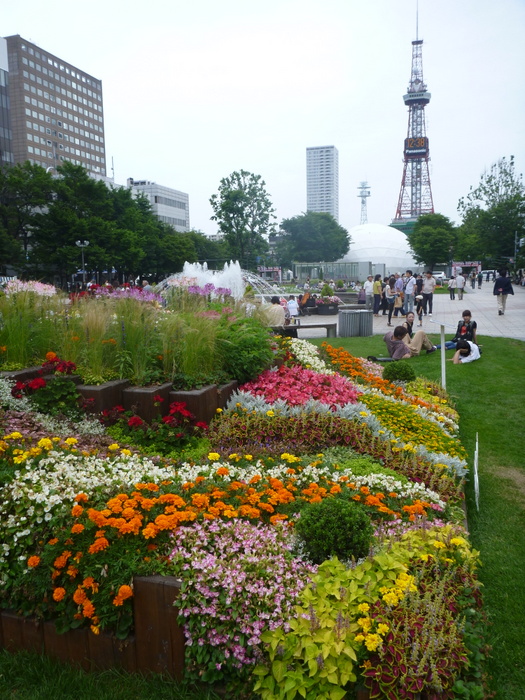
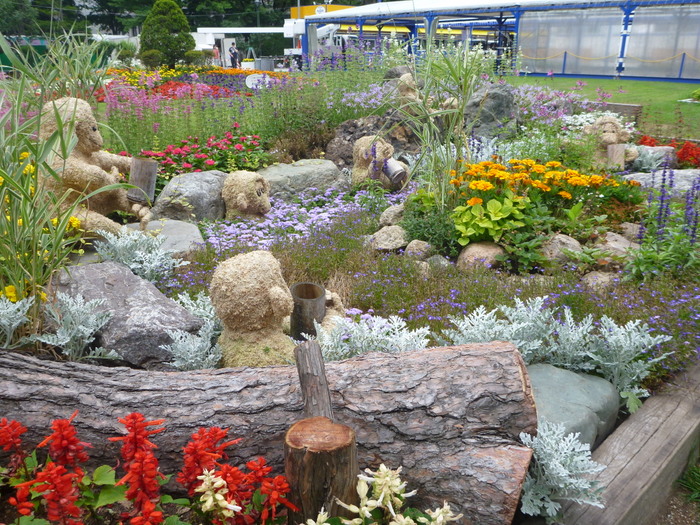

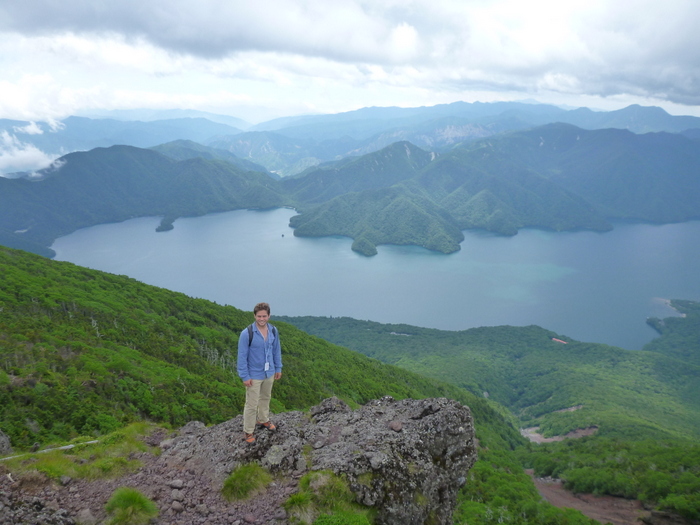
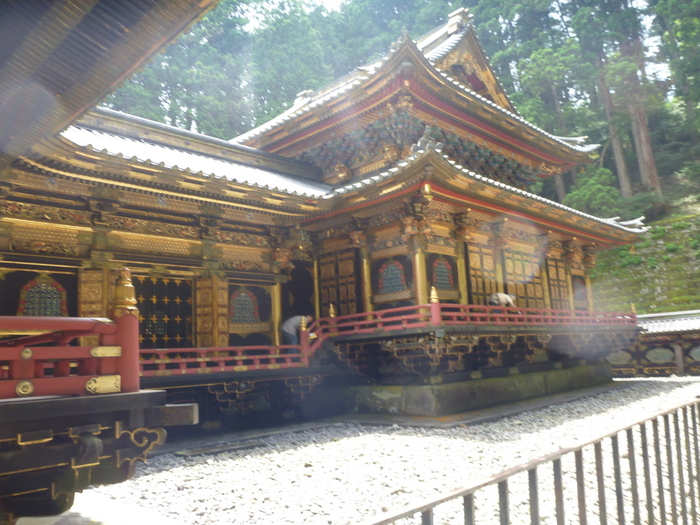
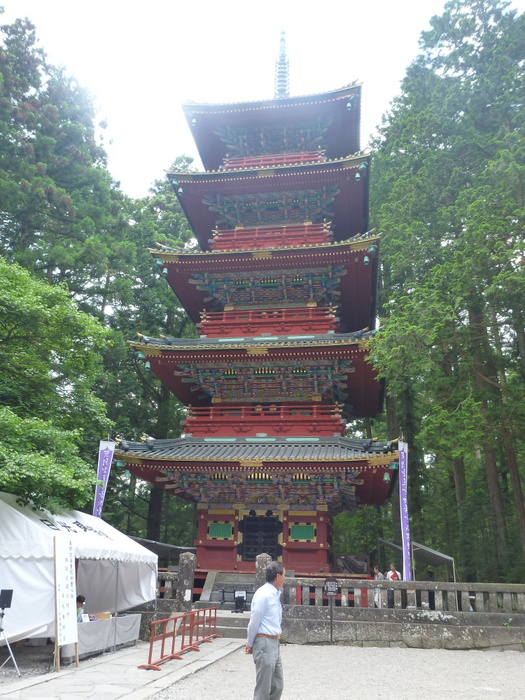
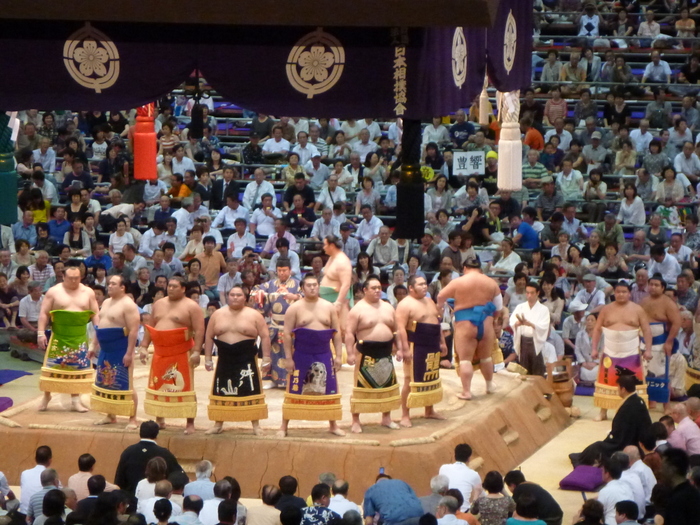


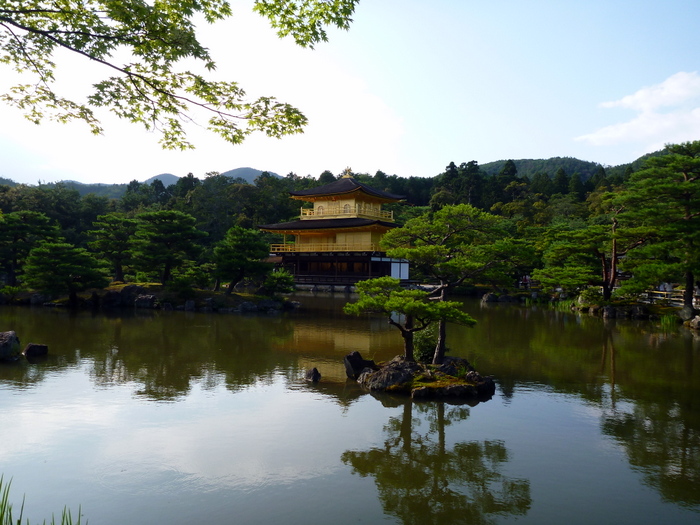
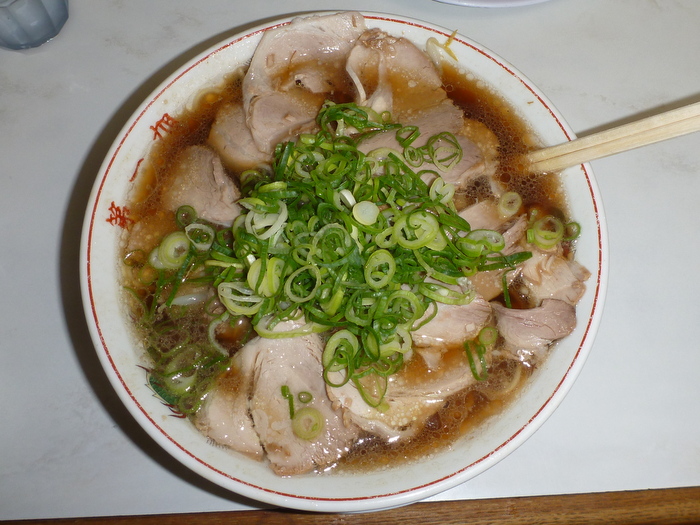

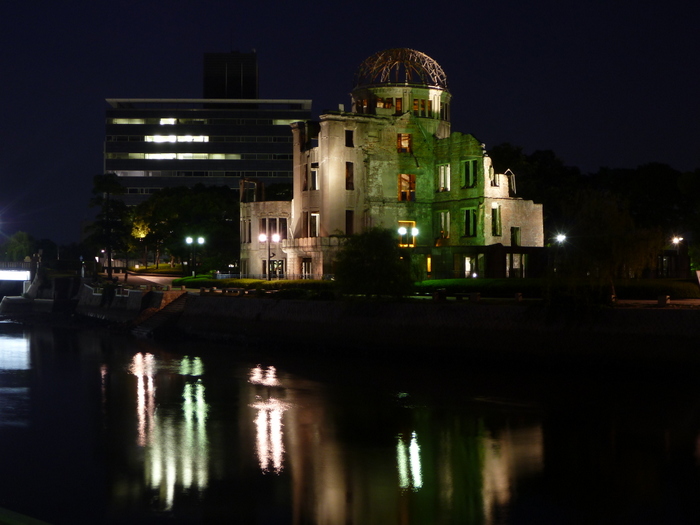

 I'm a travel junkie with an IT background. I backpacked around the world for 14 months creating adventures and learning. On this blog, you'll find stories and money saving travel tips that will help you make your travel dream a reality. Enjoy! Feel free to visit my social networking profiles below or my
I'm a travel junkie with an IT background. I backpacked around the world for 14 months creating adventures and learning. On this blog, you'll find stories and money saving travel tips that will help you make your travel dream a reality. Enjoy! Feel free to visit my social networking profiles below or my 



{ 2 trackbacks }